
Fiber cement siding is durable, fire-resistant, and affordable. Learn more about fiber cement installation costs in Columbus, OH.
Show off your home’s good side with the right siding style


Deciding what kind of siding is right for your home means choosing from an extensive array of siding styles. Eight of the most common siding styles are: traditional lap, board and batten, Dutch lap, shake, tongue and groove, beaded seam, shingle, and scalloped shingle. Our guide breaks down these popular siding styles and what home styles they’re often found on.
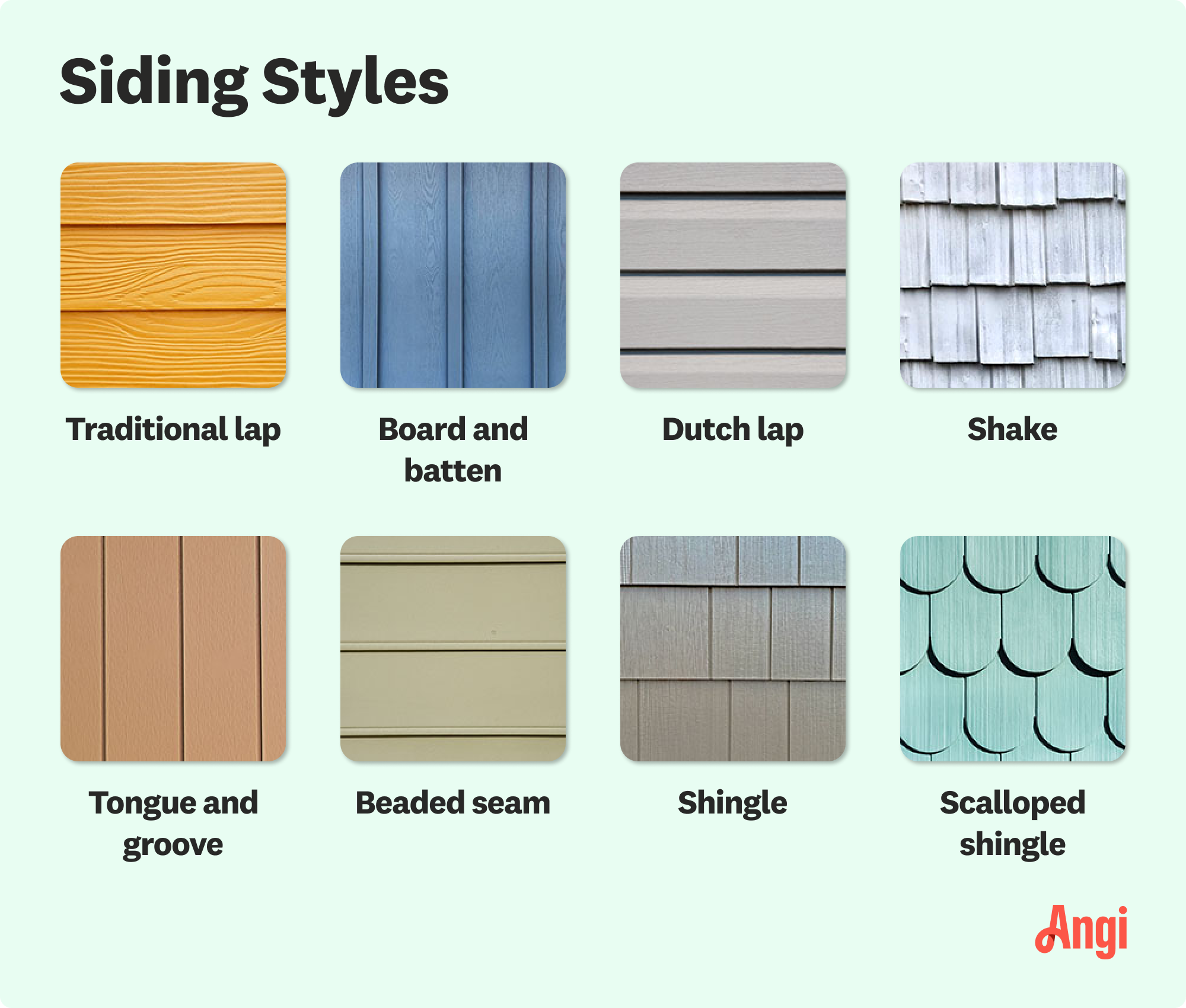
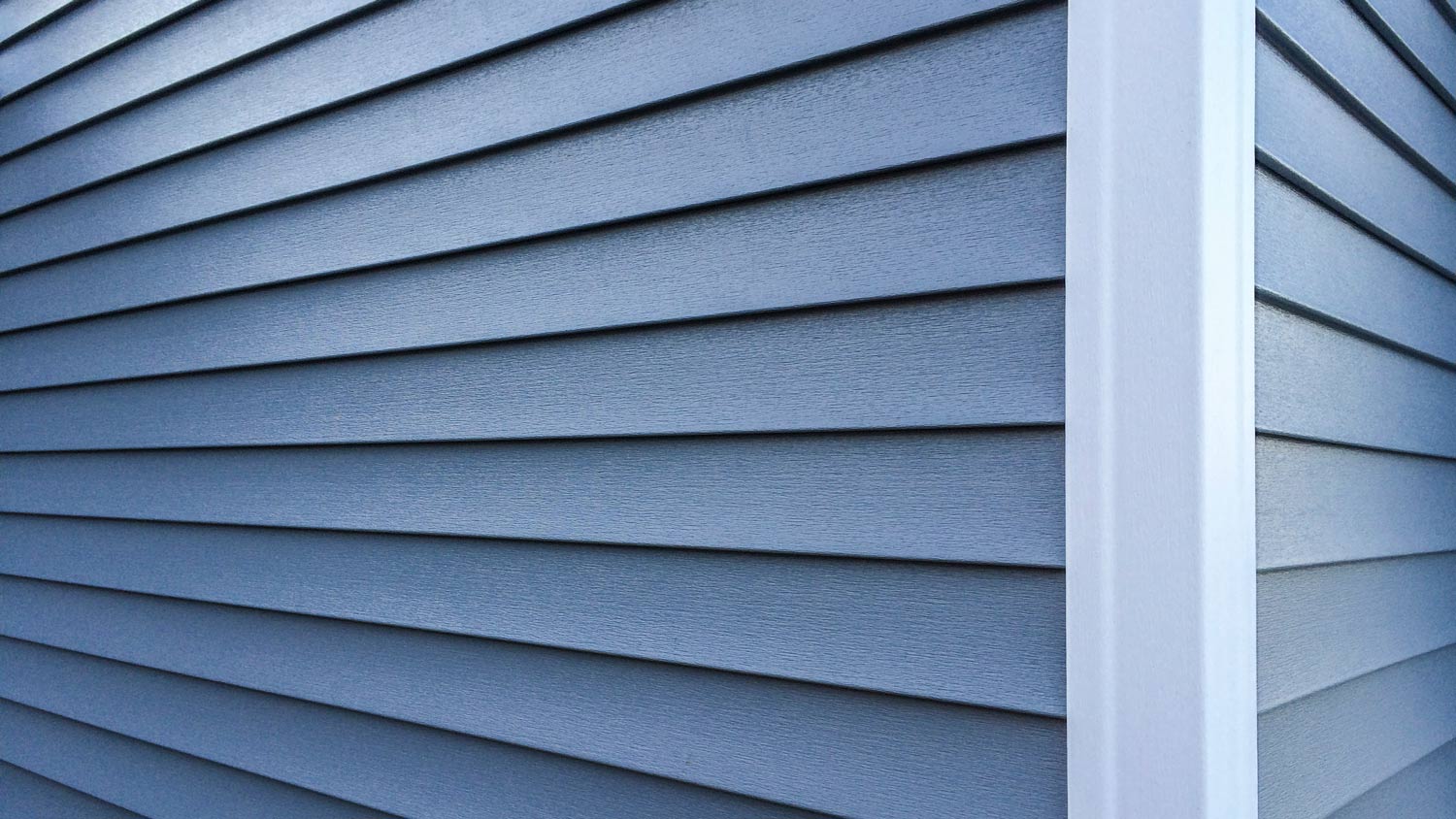
This style of siding is the most common in the US. Traditional lap siding consists of horizontal planks that slightly overlap, giving this style its name. Traditional lap siding is available in a broad range of widths, materials, and colors, allowing homeowners to create a custom exterior look. Vinyl is the most common material for traditional lap siding, but it’s also available in wood, engineered wood, fiber cement, and other materials.
Traditional lap siding is incredibly versatile from a design perspective and can be found on houses of all architectural styles, from historical to modern.

This vertical type of siding alternates wide planks (boards) with narrow strips (battens) to create a rustic, textured look that creates visual height. Board and batten can be used on the entirety of a home’s exterior or as an accent to highlight vertical architectural features like gables or towers. This siding is available in different widths of boards and battens to customize the look of your siding.
Board and batten siding is commonly used on rustic homes, modern farmhouse style homes, and as an accent for homes with distinct vertical features.
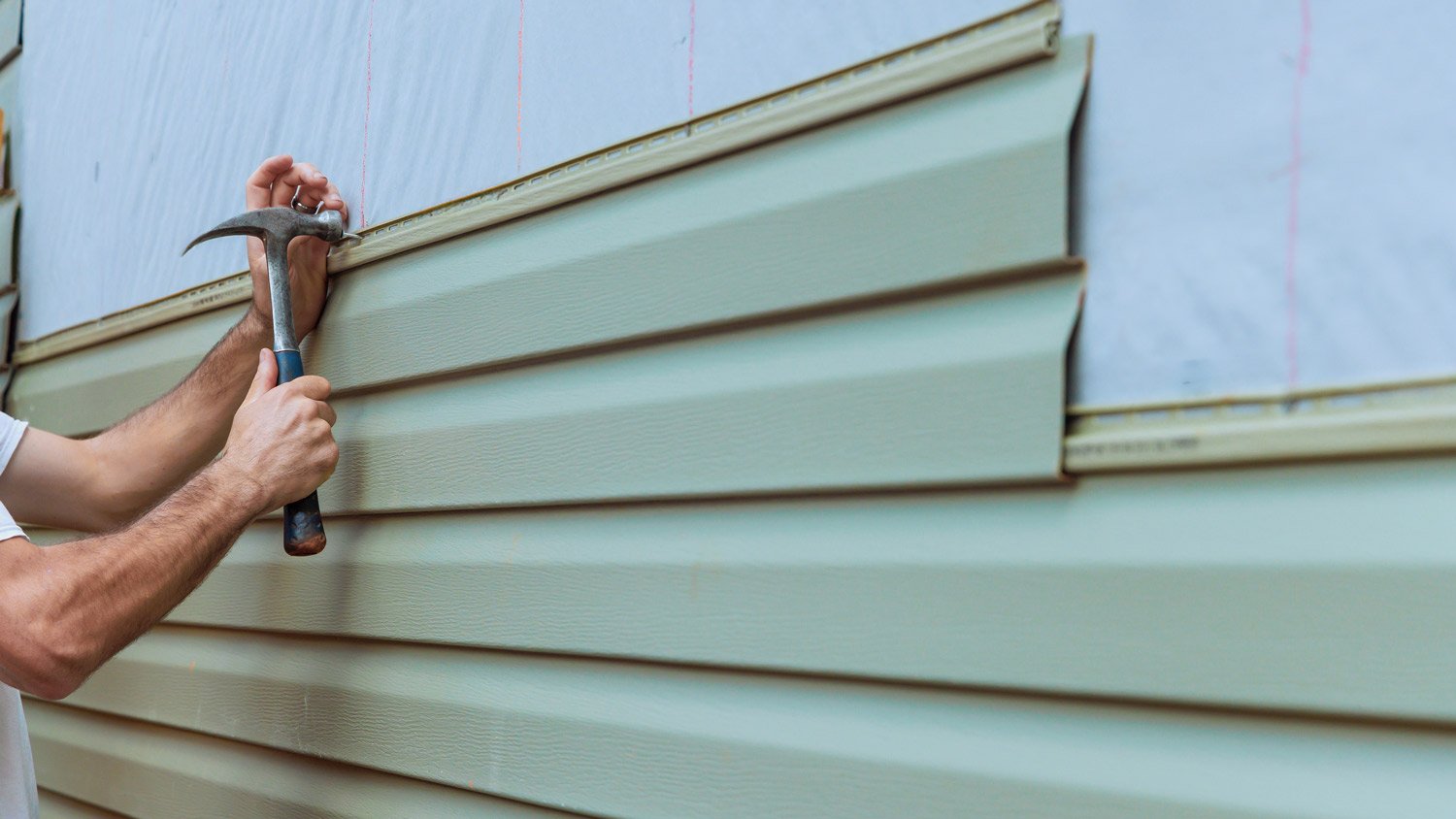
Dutch lap siding differs from traditional lap siding with its distinct notched or beveled edge, creating a dramatic shadow line in between planks. The boards’ concave face gives this siding a more decorative appearance than traditional lap siding while still maintaining a classic look. Like traditional lap siding, Dutch lap siding comes in many colors, materials, and widths.
Dutch lap siding is as versatile as its traditional counterpart and can be used on almost all architectural styles.
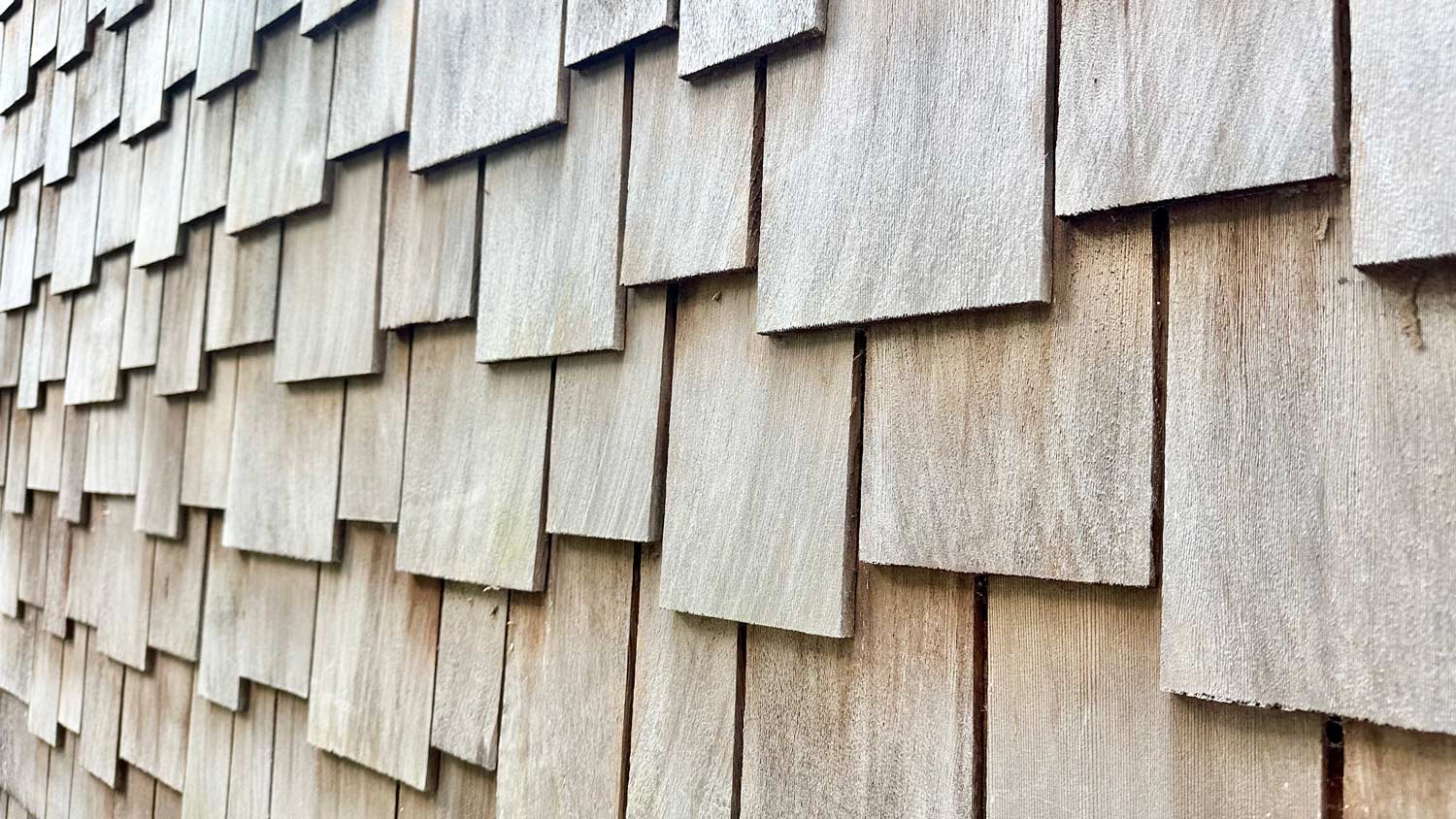
Shake siding offers a rustic feel with thick individual shingles with rough, uneven edges. Shake siding was originally made from wood, most often cedar, but modern shake siding also comes in vinyl, fiber cement, and other materials that don’t require the maintenance of wood and aren’t prone to rot and other moisture problems. High-quality synthetic shake siding can be virtually indistinguishable from cedar shakes, giving you the look of wood without the upkeep.
Shake siding is common on coastal homes, particularly in the Northeast. It’s found on home styles including Cape Cod and Craftsman homes, as well as rustic cabins.

Tongue and groove siding consists of interlocking planks that fit snugly into one another, reducing the need for additional fasteners. This siding can be installed either vertically or horizontally and is resistant to warping since it’s fastened and supported for the entire length of the boards. Tongue and groove siding is traditionally made from wood, but is also available in engineered wood, vinyl, and fiber cement.
Tongue and groove siding’s modern, refined aesthetic is popular on many styles of homes, including mid-century modern, Craftsman, bungalow, and contemporary.
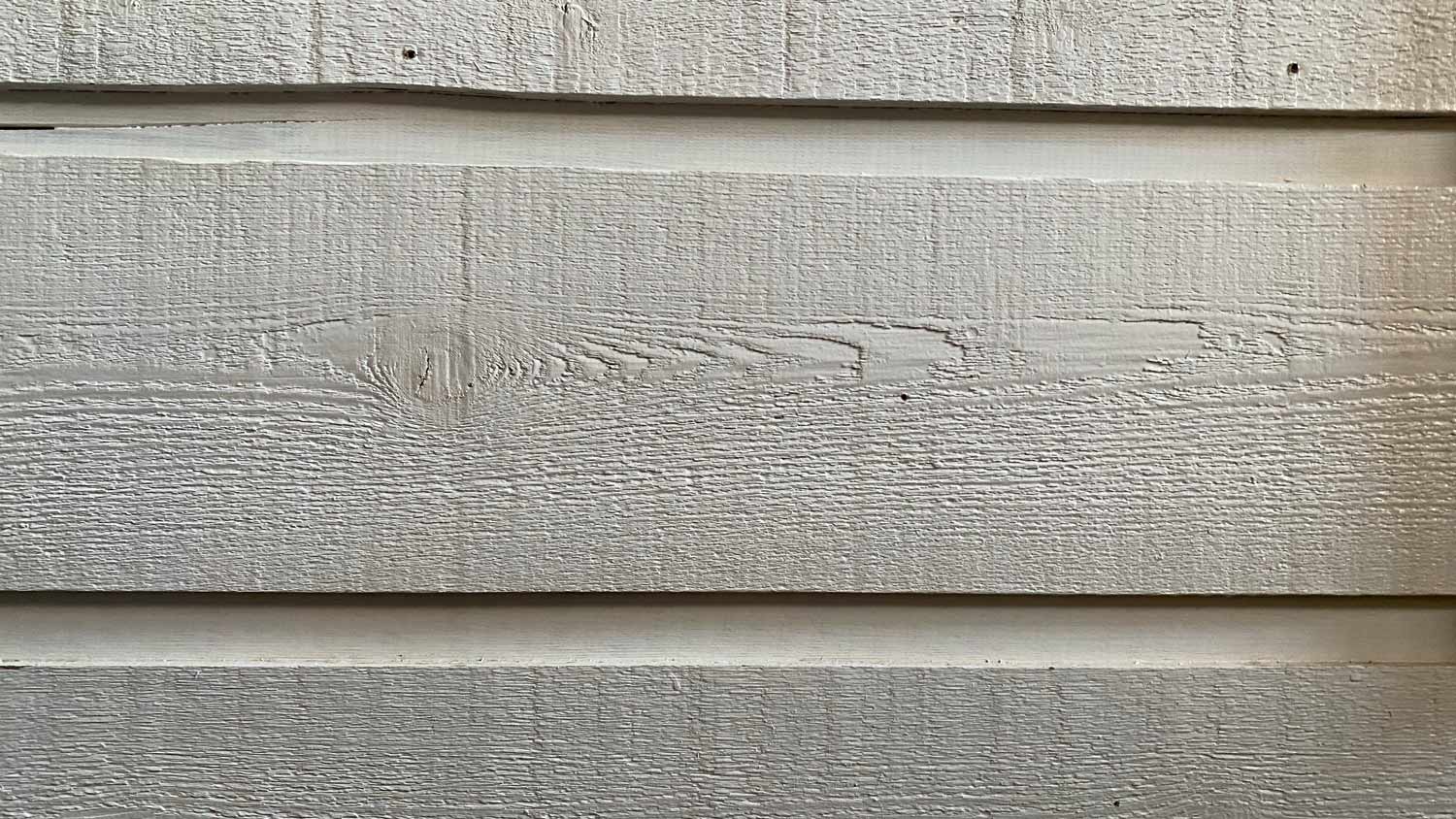
Beaded seam siding adds visual interest to traditional lap siding with a rounded edge, or “bead,” along the bottom of each board. This siding is installed horizontally and offers a classic, elegant look as well as added protection against the elements.
Beaded seam siding is often used in historic home styles like colonial, Cape Cod, colonial revival, as well as to evoke a cottage-like feel.

Like shake siding, shingle siding is made up of individual shingles layered over one another, but unlike shakes, shingles have a straight, uniform edge. Shingle siding can be installed in a straight line or offset for a staggered look. Shingles are traditionally made of wood, but modern alternatives include vinyl and fiber cement.
Shingle siding is found on many of the same styles as shake siding, including Cape Cod, Craftsman, coastal, and cottage homes.
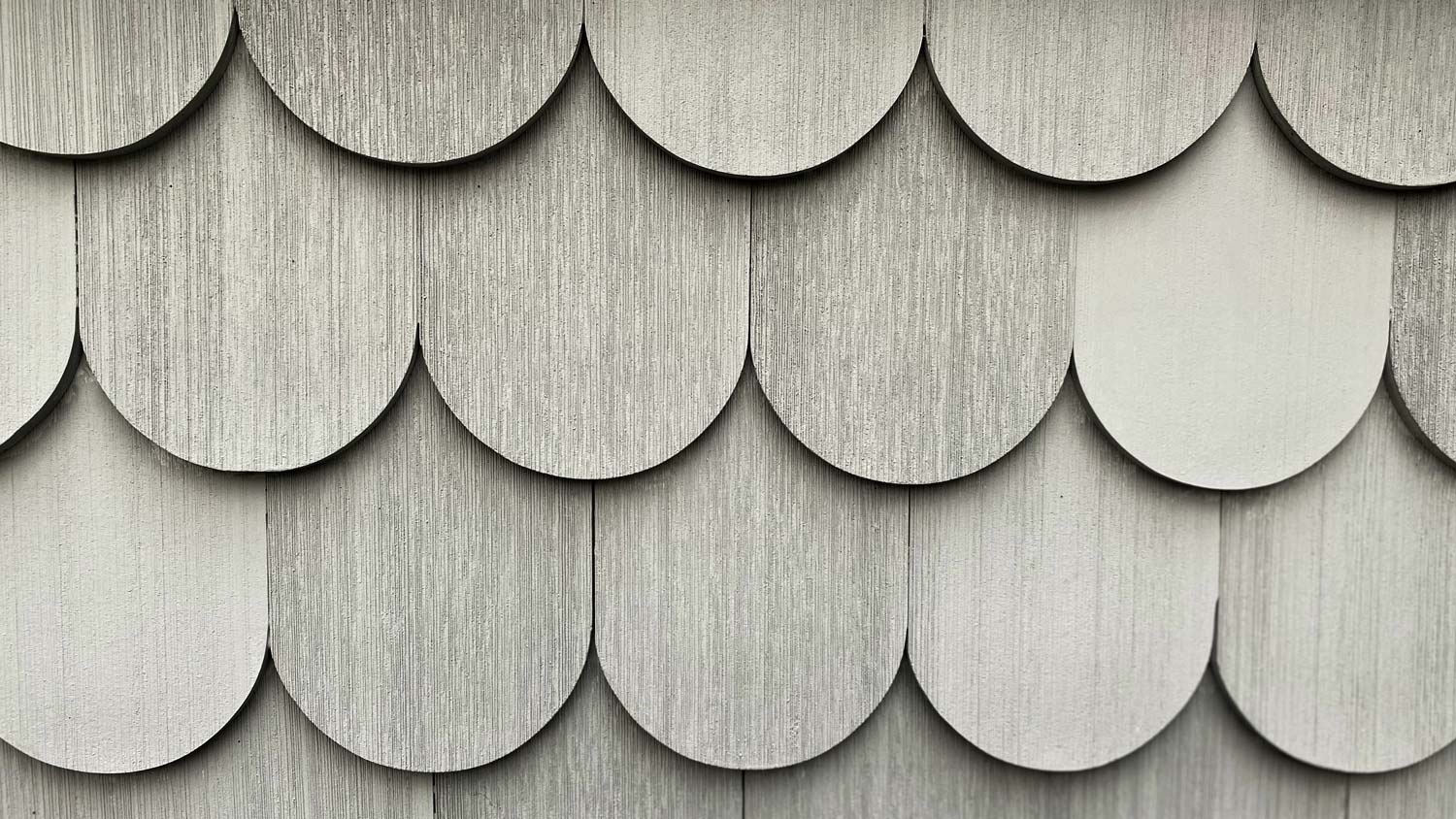
Scalloped shingles have a rounded bottom edge, creating a fish scale-like effect. This siding is often used as an accent on historic homes to accentuate architectural features. Like other types of shingles, scalloped shingles have historically been made from wood, but are now available in materials like fiber cement and vinyl.
This eye-catching siding style is often seen on Queen Anne or Victorian homes and is used to highlight features like gables in many different home styles.
Improperly installed siding can lead to moisture intrusion, damaged exterior materials, structural damage, and mold growth, among other problems. Unless you’re experienced in measuring for siding, removing old siding, and installing new siding, hire a local siding pro to get the job done right. Hire a siding contractor who specializes in the type of siding you’ve chosen to ensure the project goes smoothly. The cost to replace siding can be a major investment, but new siding offers a return on investment (ROI) of up to 80% with quality siding installed properly.
From average costs to expert advice, get all the answers you need to get your job done.

Fiber cement siding is durable, fire-resistant, and affordable. Learn more about fiber cement installation costs in Columbus, OH.

In addition to protecting against extreme Midwest temperatures, new siding in Columbus adds curb appeal. Learn about siding replacement cost in Columbus.

New vinyl siding adds value and curb appeal to homes in Columbus, Ohio. Learn about average vinyl siding installation costs in Columbus, Ohio.

If you plan on completing a wood siding repair yourself, you’ll want to prepare for your project in full. This guide covers everything you need to get started.

Clapboard siding is classic, reliable, and hardy, but these wooden boards can get damaged in poor conditions. Here’s how to do a DIY repair for clapboard siding.
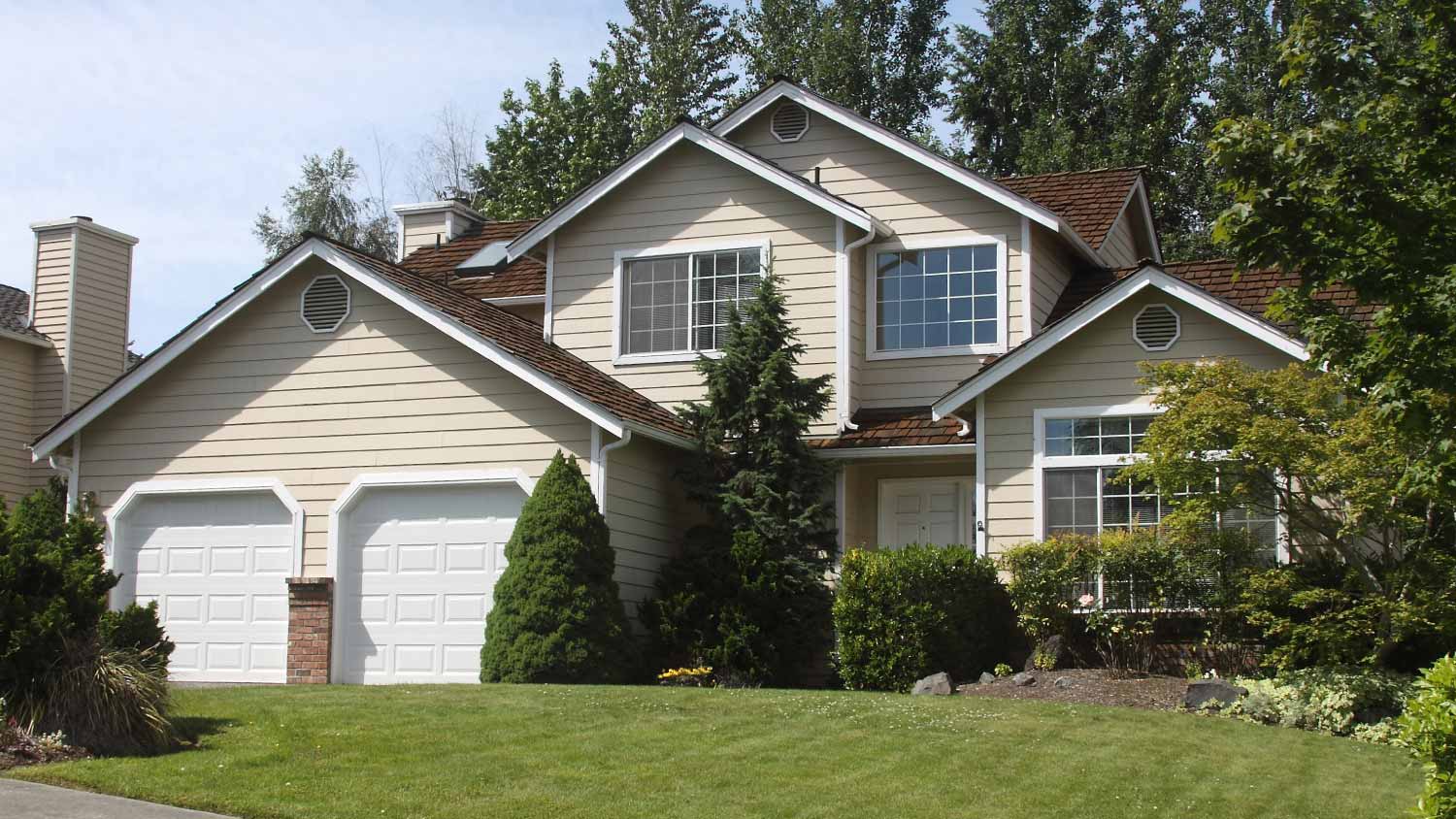
The best time of year to install siding depends on your siding material, budget, and more. Learn when is best and what factors affect your project timing.